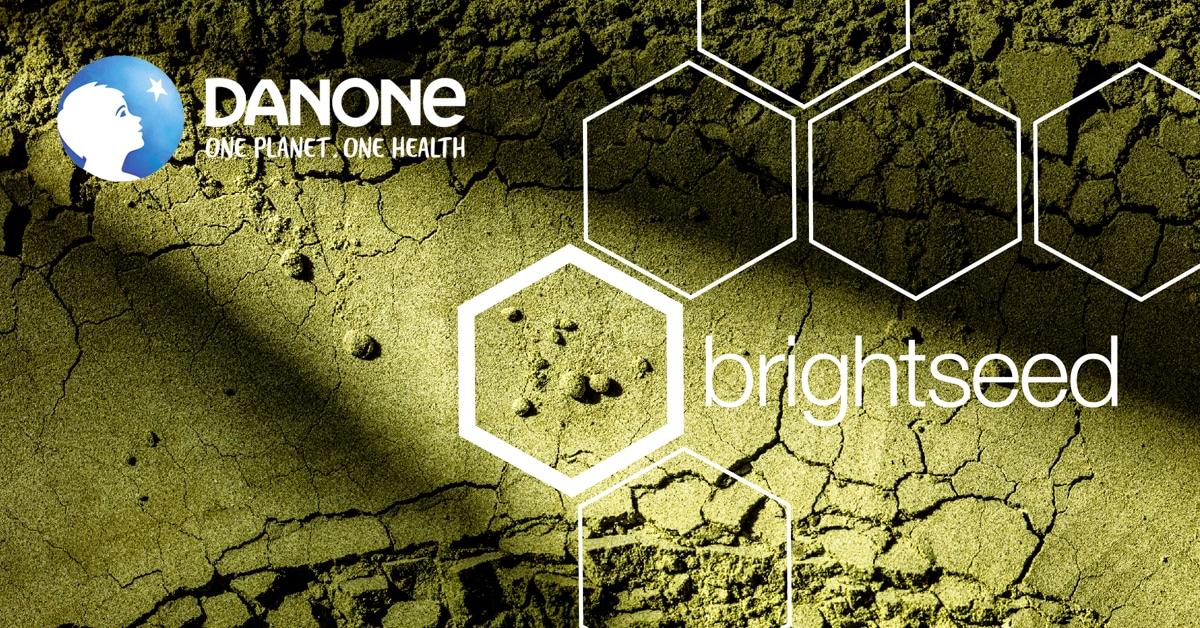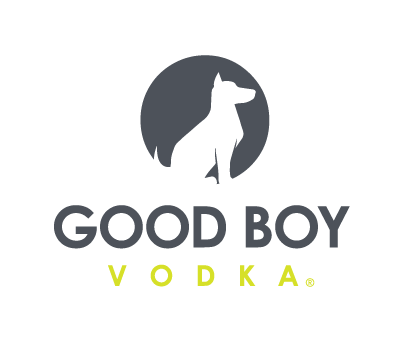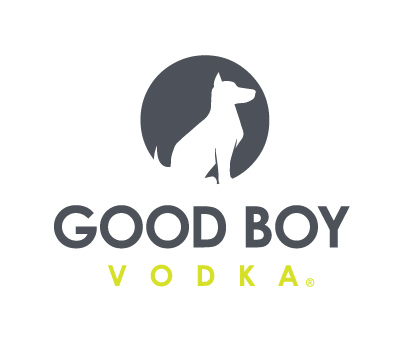Danone Partners With Biosciences Company Brightseed to Identify Phytonutrients in Supply Chain Using AI

Danone North America announced today its partnership with Brightseed, a biosciences company which maps plant nutrients using artificial intelligence technology, to identify previously unknown nutritional benefits from plant-based ingredients used in Danone products. Beginning with research on soy, the multi-phased partnership is designed to ultimately help Danone to improve nutritional aspects of its current product offerings as well as expand into new plant-based categories.
Takoua Debeche, SVP of Research & Innovation at Danone North America, said the partnership contributes to Danone’s “biodiversity vision.” Through its acquisition of WhiteWave Foods, announced in 2016 and completed in 2017, the company gained a portfolio of plant-based brands including Silk and So Delicious utilizing soy, oats and nuts such as almonds and cashews.
Danone first connected with Brightseed through MISTA, a San Francisco-based “optimizer” (rather than an accelerator or incubator) for CPG food partners which connects startups and large companies to bring to market and scale disruptive innovations, Debeche said. She said Danone, a funding partner of MISTA, recognized that Brightseed’s capabilities would be helpful to uncover novel phytonutrients in plants in its product supply chain.
“As the world’s largest B Corp, we believe in this power to change our food system, and we believe this power is within each of us,” said Debeche. “We strongly believe in open innovation, directly through partnerships to help us improve the taste of our products and also unlock more benefits from foods and from plants.”
While scientists are aware of the existence of phytonutrients, called “the dark matter of nutrition” by some academic circles, only 1% have been identified, and their functions are largely unknown, explained Brightseed co-founder and COO Sofia Elizondo. Brightseed “believes that plants are the key to human health and longevity” and leverages its artificial intelligence technology to identify these phytonutrients in plants and test how they work on a molecular level in the human body to produce “desirable health outcomes,” Elizondo said. This process uses coding algorithms to predict which plants have which phytonutrients and what likely health impacts they have.
“Humanity is quite comfortable using technology to manipulate nature or to edit or cut or ferment or grow in different ways, and engineer in synthetic and artificial ways,” Elizondo said. “It’s really quite powerful to use technology in service of nature to understand the connections that already exist between our own biology and what nature provides.”
The partnership began in January, as Brightseed began work on identifying plant nutrients in soy along with other crops used in Danone products such as almonds and oats. The next phase will include mapping these nutrients to health benefits using Brightseed’s AI technology. Next, those findings will be validated using in vitro testing, followed by clinical trials. Once the impact of those nutrients have been confirmed, the companies will focus on calibrating the growth of the lead crop to design new products containing optimized levels of bioactive nutrients.
While the timeline for this process has yet to be finalized, Elizondo said part of Brightseed’s value in the partnership is that its AI technology “can cut a discovery from years to months.” In the long term, Brightseed’s discoveries will help Danone “unlock” new innovations and grow in plant-based categories across its portfolio including beverages, creamers and yogurt and cheese alternatives, Debeche said, as innovation is a “key enabler” in Danone’s business strategy.
Debeche said she anticipates Danone will be able to “more quickly apply” discoveries from Brightseed in the short term as well. Mapping a large sample of soy or oat crops will help determine which varieties of these crops are higher in certain nutrients as well as which growing conditions and processes produce the most nutrient-dense crop. Danone can then work with farmers to grow these crops and integrate them into its product offerings. Essentially, the company would swap out the soy currently in its supply chain for a more biodiverse soy crop.
In terms of proprietary control over possible discoveries made by Brightseed, Debeche said they have not discussed those aspects of the collaboration, though they have “mutual agreements on some principles” including to “share any commercial value generated from a collaborative program,” and “restore agricultural biodiversity.”
Outside of its work with Danone, Elizondo said the first focus of Brightseed’s internal research group was phytonutrients which support metabolic health. She said they discovered a “heightened nutrient that addresses this area very quickly” that is currently in late development phases, and the company is currently working to bring this to market. Looking ahead, Elizondo said Brightseed aims to partner with companies across food and beverage, agriculture, ingredients and health supplements.
“The best way to catalyze the industry towards groundbreaking innovation is by enabling the industry to move there faster,” she said.

















